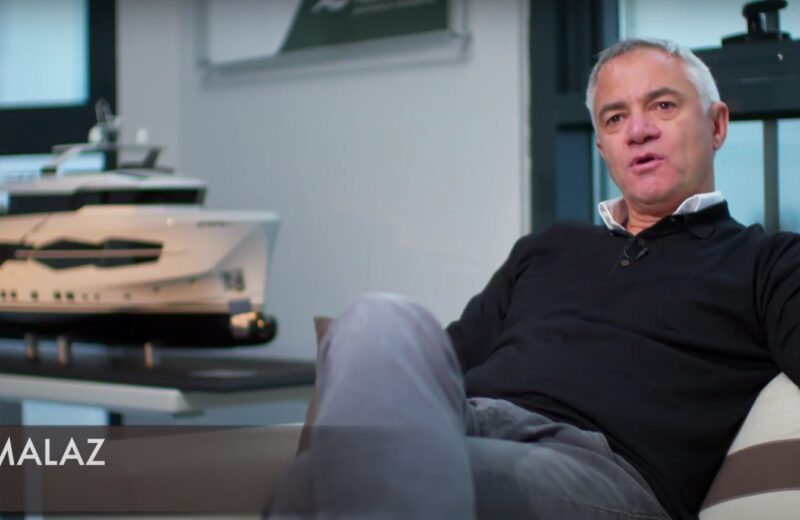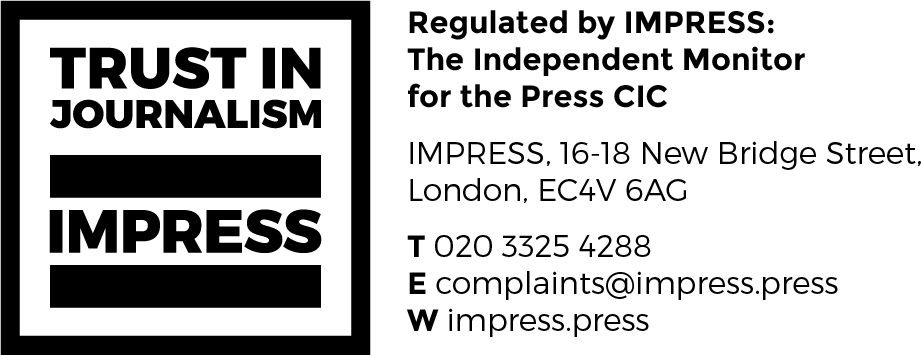Numarine’s Ömer Malaz talks Türkiye

From working in a cardboard factory to running a superyacht shipyard is not an obvious career path. But Ömer Malaz (pictured above) has now been at the helm of the Turkish superyacht company Numarine, for two decades. Superyacht Investor spoke to the Gebze-based CEO about the growth of Numarine, current trends and challenges and the importance of Türkiye in superyachting.
The Eurasian country has a history steeped in maritime tradition and is challenging the top yacht-building nations of Italy, the Netherlands and Germany. According to SuperyachtTimes’s report State of Yachting 2022, Turkey’s shipyards rank third, with 70 new builds over 24m under construction in 2022. The nation also overtook the Netherlands in most yachts built between 30m-40m (98ft-131ft).
Whilst the Netherlands and Germany typically build larger yachts, averaging 66m and 108m respectively, Turkey’s average of 50m is greater than Italy’s 42m. But can the relative newcomer to the superyacht building truly challenge the prestige of the northern European shipyards?
Numarine sold 12 units in both 2021 and 2022, with the average length growing 16% from 28.6m to 33.5m last year.
“2022 was the best year we have ever had,” Malaz tells Superyacht Investor. “And it looks like the next 12 months are just going to mimic it.”
Both his parents were yacht owners. “I was fortunate enough to be born into this industry. I was born on a yacht in 1968 and they were a lot smaller back then too.”
Malaz says he is a builder by trade and had worked in factories owned by his family from an early age. This, he says, is where he learnt how a factory runs, but also how it should be managed and controlled.After university, Malaz began working at a cardboard factory, before eventually leaving to start his own company making safes for hotels in 1995. “At one point, I got a very good offer, so I sold the company and got out. The next thing you know, I am building boats.”
It was here when Malaz founded Numarine. “In 2002, the time was right. I joined my hobby and knowledge together,” he says. “There are millions of people like me that have a true passion for yachting, I am just one of the few fortunate ones who turned it into my occupation.”
With over two decades of experience building superyachts, Malaz says that every side of the industry has changed since Numarine was founded. “Back then, when you had a 40m [131ft] vessel it had a wow factor. Now, if you see a bay with two 40m yachts, no one turns their head. I think the perception of superyachts has changed. 20 years ago, a 20m yacht was a good-sized boat. Today, a 30m yacht is a good-sized boat.”
Malaz believes the modern world has “spoilt” consumers, making people want faster cars and larger superyachts. “I think that today superyachts should be classified as 50m and above. Where some people say that 24m and above is a superyacht, but really a 30m-sized yacht is just meeting the demand of today. That is the reason I’m saying we are spoilt.”
The Turkish national hopes that the standard size of yachts does not continue to grow. “I am betting my eggs that they won’t because I love the boats we are designing and we are building a 45m yacht, which I have no intention of exceeding.”
He adds that the 45m will enter serial production like the current 37m models. “We currently have six 37s in production, and down the line, we hope to have six 45s in production.” The Numarine 37XP (pictured below) is currently listed at $15.1m (£12.5m) with Denison Yachting and the asking price of a Numarine 45XP is around $23.4m (£19.4m). “I don’t think there is anything that a 60m or 70m yacht can do that a 45m cannot. After 45m, I believe it becomes a waste. That is why we are staying under 50m for the foreseeable future.”

Building a superyacht shipyard from the ground up is no easy feat, especially when having to compete with well-established shipyards. “The number one challenge, in the beginning, was proving the brand. No one wants to buy from an unproven shipyard,” says Malaz. “We went head-to-head with Ferretti, Azimut, Sunseeker and Princess. And when you go up against the big boys, it is difficult to beat them at their own game.”
But in the past five years, the company found its niche in building explorer yachts.
“There is much less competition in building explorer yachts and so our XP series has made the brand more established. We have delivered over 170 yachts to date, so at least we have some pedigree with a niche product,” says Malaz. He adds that owners tend to be 30% from Turkey, 30% US, 20% from other European countries and the remaining 20% from elsewhere.
Challenges of supply chain and sustainability are constant for shipbuilders. Malaz says he has managed to mitigate supply chain issues. “We have pre-ordered all the critical components that we know we don’t have an alternative for,” he says. “We have gone as far as to order engines for yachts scheduled for delivery in 2025.”
He has also noted owners’ growing interest in environmental topics, such as using displacement hulls, motivated by their desire to minimise the environmental impact of their vessels. Improved technology is continuing to help improve yachts’ environmental performance in other areas too. For example, a 30m diesel-electric hybrid will burn less fuel on average than a 26m yacht, he claims.
For Malaz, using more sustainable building practises, propulsion systems and greener technologies on board superyachts is key to ensuring superyachting’s future. Not least because new generations of investors are enquiring about the environmental credentials of their prospective purchases.
“If we do not address the problem, we become part of it,” he says. “I think here we are trying to be a leader in sustainability and get in front of the problem because I don’t want yachting to go away.”
Picturted below: The Numarine shipyard in Gebze, Turkey.

Subscribe to our free newsletter
For more opinions from Superyacht Investor, subscribe to our email newsletter.

